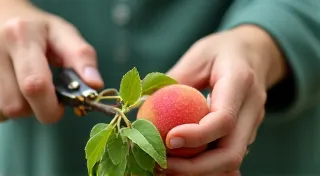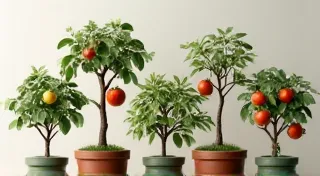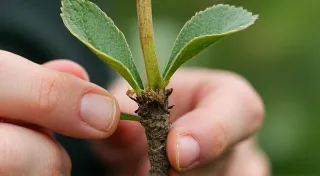Pruning Dwarf Fruit Trees in Containers: Maintaining Shape and Encouraging Fruiting
Growing dwarf fruit trees in containers offers the joy of homegrown fruit even with limited space. However, unlike their full-sized counterparts, dwarf fruit trees in containers require a bit more attention, especially when it comes to pruning. Regular pruning is absolutely crucial – it’s not just about keeping them compact; it's essential for maximizing fruit production and maintaining the tree’s overall health. This guide will explore the techniques you need to know.
Why Prune Dwarf Fruit Trees in Containers?
There are several key reasons why pruning is so important for container-grown dwarf fruit trees:
- Size Control: Dwarf varieties are bred for a smaller stature, but they can still outgrow their containers if left unchecked. Pruning keeps them manageable.
- Sunlight Penetration: Dense foliage can block sunlight from reaching the inner branches, hindering fruit development. Pruning opens up the canopy.
- Air Circulation: Good air circulation helps prevent fungal diseases, a common problem in humid environments.
- Fruit Production: Proper pruning stimulates the tree to produce more flowers and, ultimately, more fruit.
- Shape and Structure: Pruning helps establish and maintain a strong, aesthetically pleasing shape.
Understanding Pruning Techniques
There are three main types of pruning cuts you're likely to use:
- Heading Cuts: These cuts shorten a branch by cutting back to a bud. Heading cuts encourage branching and bushier growth, which can be desirable for shaping the tree. However, excessive heading cuts can lead to dense, crowded growth.
- Thinning Cuts: Thinning cuts involve removing an entire branch back to the trunk or a main branch. This opens up the canopy, improves air circulation, and allows more sunlight to reach the remaining branches. This is the preferred method for many dwarf fruit tree varieties.
- Training Cuts: These cuts are primarily used during the tree's early years to establish a strong framework of main branches. They involve removing unwanted branches and directing the growth of the remaining branches.
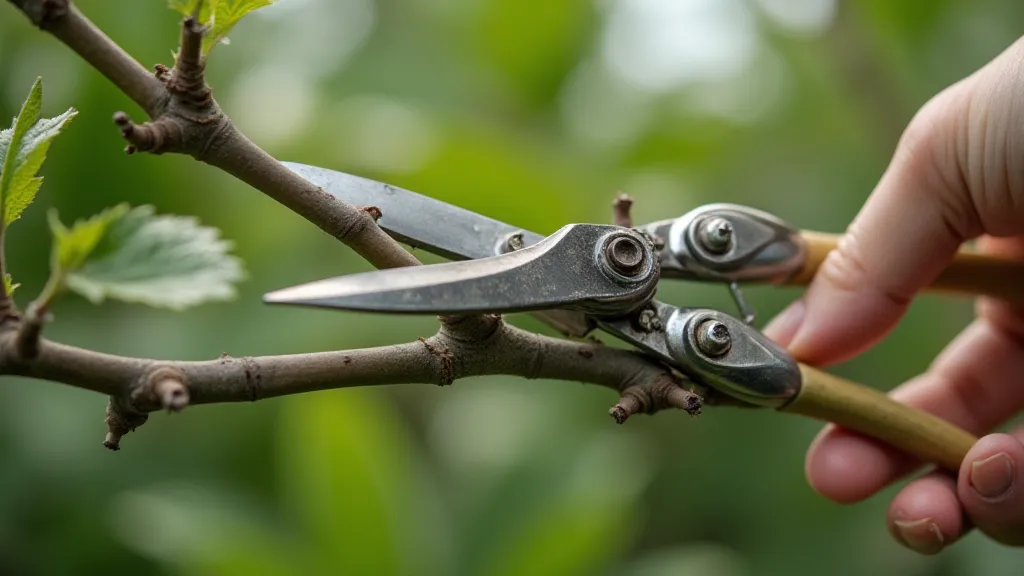
When to Prune Dwarf Fruit Trees
The best time to prune dwarf fruit trees in containers is generally during the late winter or early spring, before new growth begins. This is when the trees are dormant, and pruning cuts heal quickly. A light shaping can also be done in summer after the harvest.
Pruning Specific Fruit Tree Varieties
While the general principles of pruning apply to all dwarf fruit trees, there are some variety-specific considerations:
- Dwarf Apple Trees: Focus on thinning cuts to allow sunlight to reach the center of the tree. Encourage an open vase shape.
- Dwarf Peach Trees: Peaches tend to produce fruit on one-year-old wood, so avoid excessive thinning which can reduce fruit production. Prune to maintain an open center.
- Dwarf Pear Trees: Pears benefit from both heading and thinning cuts. Focus on creating strong, well-spaced branches.
- Dwarf Cherry Trees: Cherries are susceptible to diseases, so proper air circulation is crucial. Focus on thinning cuts.
Important Considerations & Avoiding Mistakes
Here are some key tips for successful pruning:
- Use Sharp, Clean Tools: Dull tools can crush branches and introduce diseases.
- Make Clean Cuts: Angle your cuts slightly away from the bud to encourage healing.
- Avoid Excessive Pruning: Never remove more than 25% of the tree's growth in a single year.
- Seal Large Cuts: For cuts larger than 2 inches in diameter, consider using a tree wound sealant to prevent disease.
- Observe Your Tree: Pay attention to how your tree responds to pruning and adjust your approach accordingly.
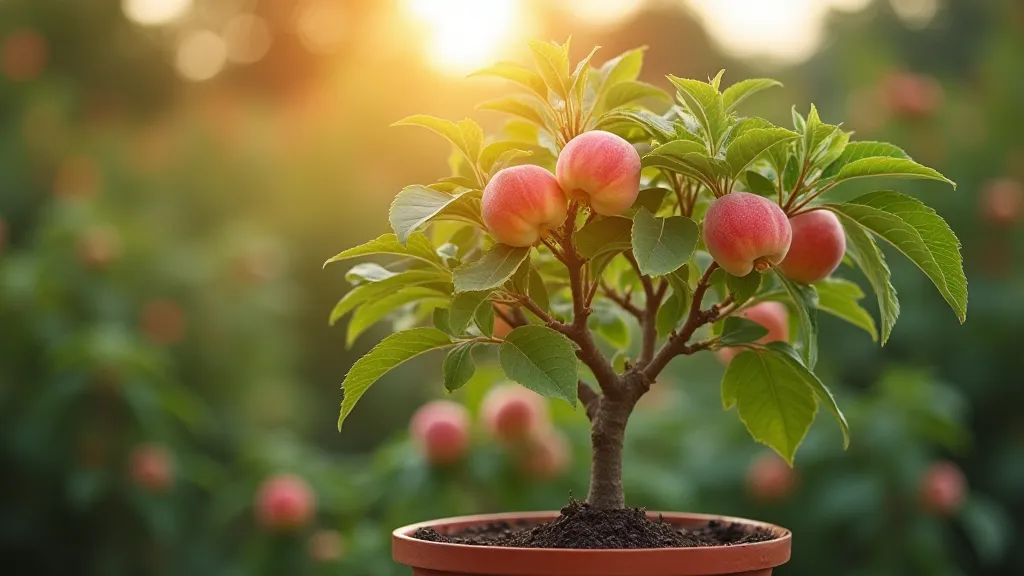
Pruning Young vs. Mature Trees
The approach to pruning differs slightly depending on the age of the tree:
- Young Trees (1-3 years): Focus primarily on training cuts to establish the desired shape and framework.
- Mature Trees (4+ years): Balance training and maintenance pruning, focusing on thinning cuts to promote fruit production and maintain size.

Pruning your dwarf fruit trees in containers may seem daunting at first, but with a little practice and understanding, you’ll be well on your way to enjoying a bountiful harvest of delicious, homegrown fruit in your limited space.


